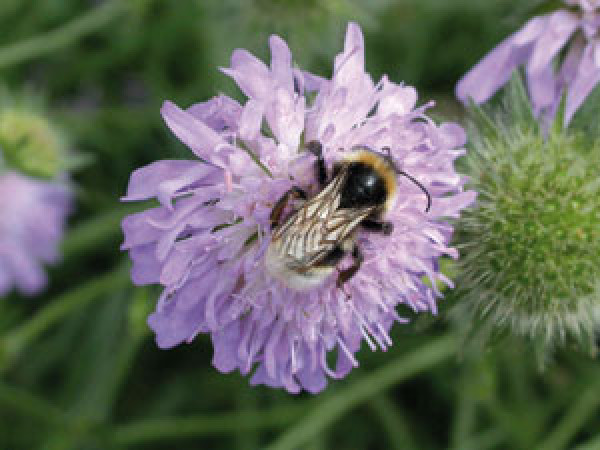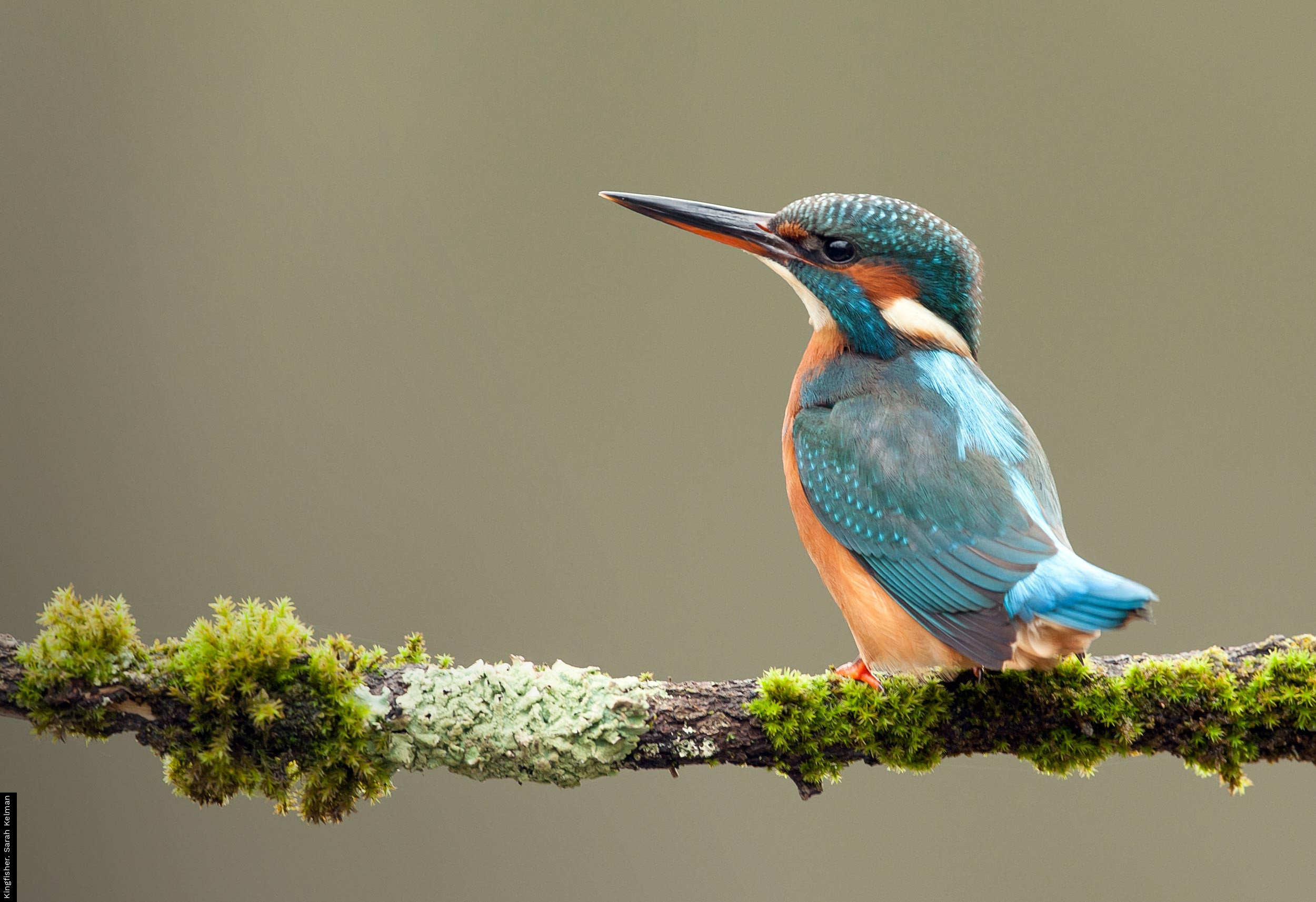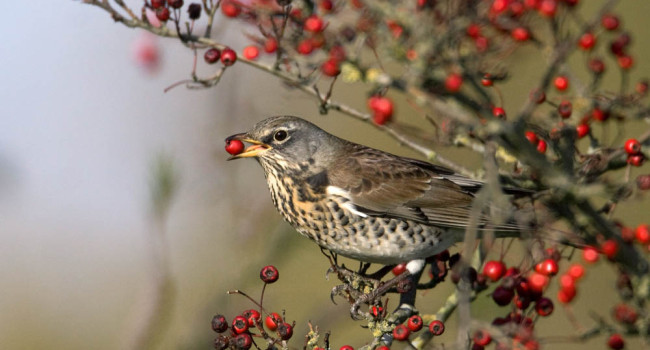Attracting bumblebees

As with butterflies and many other insects, flower form is all-important and the heavily-modified blooms created by plant breeders, are often unsuitable. Double-flowered varieties and most annual bedding plants fall into the unsuitable category. Research studies have revealed complex relationships between bumblebees and flowers and we have a good understanding of which species are most heavily used at different times of the year. Many of the flowers visited by bumblebees are suited to their relatively long tongues but there is quite a bit of variation in tongue length, both between different species and within a species.
This means that it is important to grow a range of different plant species, selected to get a balance of flower forms (for example, brush-type flowers like those of various mints and sallows, gullet-type flowers like Foxglove and dead-nettles and bell-shaped flowers like bindweed and the bellflowers) and flowering seasons.
Some plant species attract visits from a number of bumblebee species (for example Red Clover Trifolium pratense and Common Bird’s-foot-trefoil Lotus corniculatus), while others are used by just one or two species. Similarly, some bumblebee species visit a range of plants, others restrict their attentions to plants from just a small number of families. Both native plants and related introductions or cultivated forms may be used though it is often preferable to use the native form. For example, some cultivated varieties of Foxglove are thought to produce little nectar so sticking to the native purple form is recommended.






Share this page